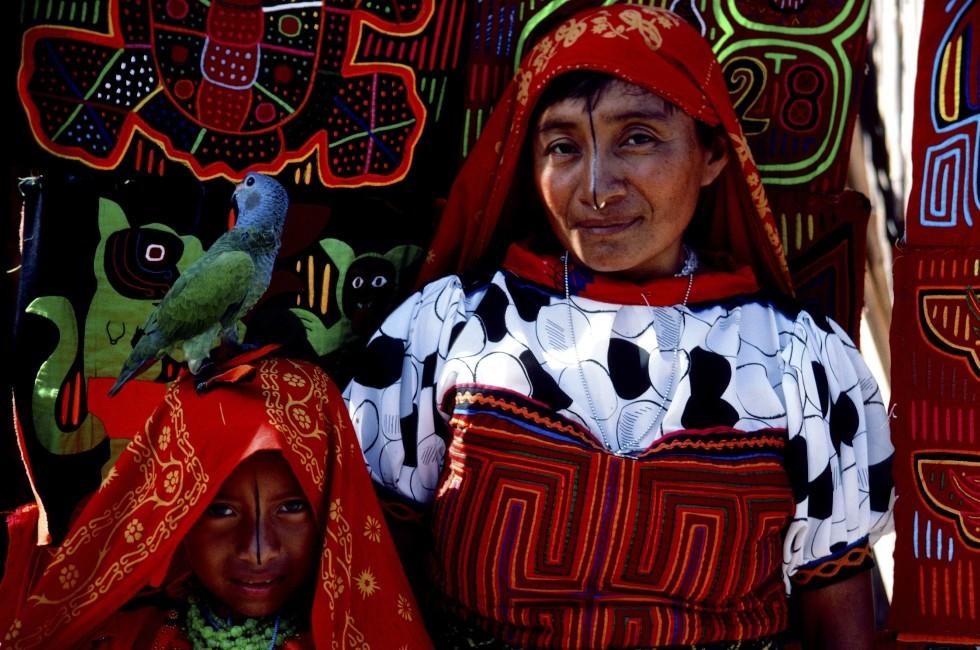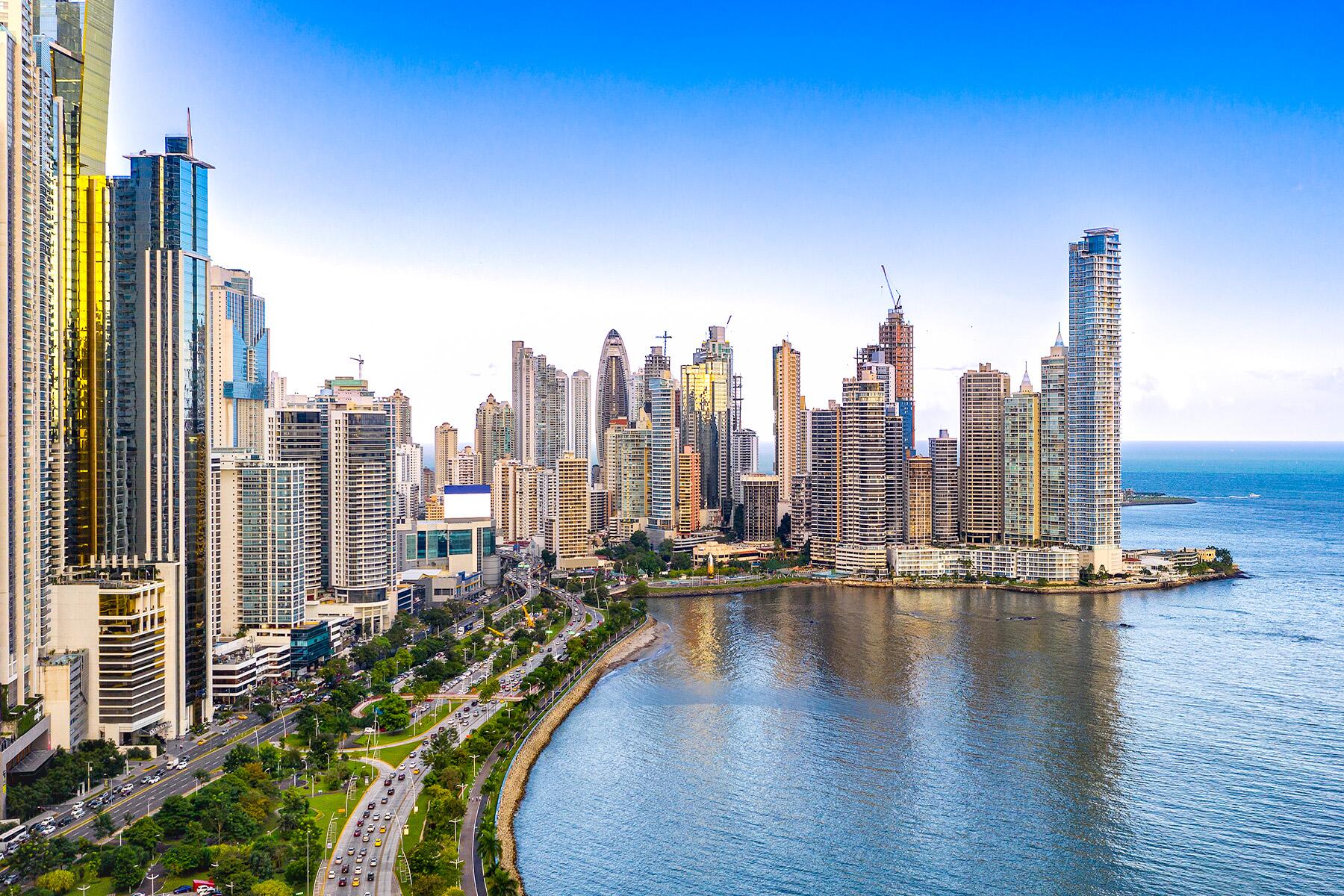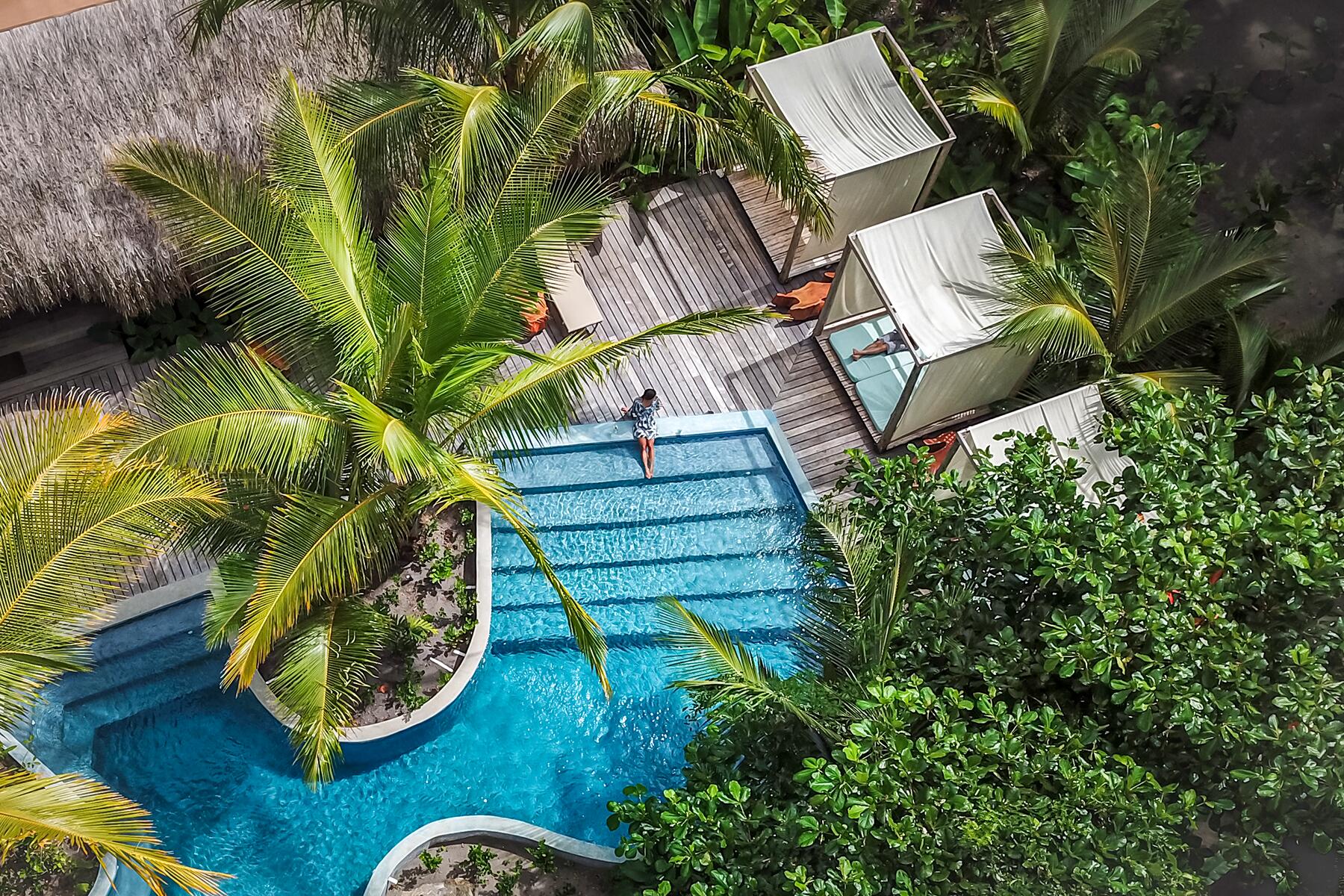Eastern Panama
Eastern Panama
The Guna Yala Archipelago and surrounding sea are the main attractions in Guna Yala—an indigenous comarca (autonomous territory) stretching more than 200 km (120 miles) along Panama's northeast coast—but the traditional culture of the Guna is a close second. The comarca is composed of a thin strip of land dominated by a mountain range called the Serranía de San Blas and the 365 San Blas Islands that dot the coastal waters.
Although much of the world still refers to this region by its former name, San Blas, you'll endear yourself to residents by using the name they give to their home, Guna Yala. Note that you may also see it spelled Kuna Yala, but Guna leaders voted to change the spelling from Kuna to Guna in 2011.
This is a lush and stu...
Read MoreThe Guna Yala Archipelago and surrounding sea are the main attractions in Guna Yala—an indigenous comarca (autonomous territory) stretching more than 200 km (120 miles) along Panama's northeast coast—but the traditional culture of the Guna is a close second. The comarca is composed of a thin strip of land dominated by a mountain range called the Serranía de San Blas and the 365 San Blas Islands that dot the coastal waters.
Although much of the world still refers to this region by its former name, San Blas, you'll endear yourself to residents by using the name they give to their home, Guna Yala. Note that you may also see it spelled Kuna Yala, but Guna leaders voted to change the spelling from Kuna to Guna in 2011.
This is a lush and stunning region of forest-cloaked mountains, white-sand beaches, vibrant coral reefs, and timeless villages. Your trip here can consequently combine time on heavenly islands, jungle hiking, handicraft shopping, and exposure to a proud and beautiful indigenous people. Since coral reefs surround nearly every island, snorkeling is practically obligatory in the archipelago. Most lodges include the use of snorkeling equipment in their rates, and all of them provide daily trips to beaches with reefs nearby. You don't need to swim to appreciate the area's beauty, though, because the scenery topside is just as impressive; coconut groves shade ivory sand, dugout canoes with lateen sails ply turquoise waters, and cane huts with thatch roofs make up island villages.
Guna Yala's greatest beauty, however, may be in the traditional dress of its women, whose striking clothing includes hand-stitched molas (appliqué fabric pictures), colorful skirts and scarves, and intricate beadwork on their calves and forearms. Note that women and children commonly expect a payment of $1 if you photograph them. Men, however, have gradually abandoned traditional clothing in favor of jeans, polo or tropical cabana shirts, and derby hats (for older men) or baseball caps (for younger men). Times are changing, even in Guna Yala.
The eastern provinces of Guna Yala and Darién are Panama at its most pristine, with spectacular scenery, wildlife, and indigenous cultures that have barely changed since the first Spanish explorers arrived here more than five centuries ago.
The region's riveting tropical nature ranges from the colorful diversity of Caribbean coral reefs to the amazing birdlife of the rain forest. The traditional Guna (formerly Kuna), Emberá, and Wounaan communities that live here offer a fascinating alternative to the modern world. The combination of nature and culture provides the ingredients for unforgettable journeys, on which you might imagine you've traveled back in time or perhaps to the very ends of the Earth. Yet most of the region's lodges lie within a 60-minute flight from Panama City, which is often followed by a dugout canoe trip over aquamarine waters or up a jungle-shaded river. And the flights themselves take you over vast expanses of pure jungle. When it comes to Guna Yala and Darién, more than in any other part of Panama, the adventure begins with the trip here.
Nevertheless, true adventure has its price, and it's not for everyone. This region's remarkable but remote attractions lie far from the nearest paved road, convenience store, or ATM, and may require that you put up with conditions you wouldn't stand for at home. Tours and accommodations can be expensive; for the cost of a suite in Panama City you may have to settle for a thatched hut.
You may also have to deal with insects or less-than-fantastic food, but the prize is exposure to splendid scenery, and unique indigenous cultures. Your adventure may include boat trips to breathtaking islands, jungle hikes, snorkeling over coral reefs, or witnessing ancient rituals. And at night you'll hear only the calls of jungle critters, or the slosh of waves against coral.







